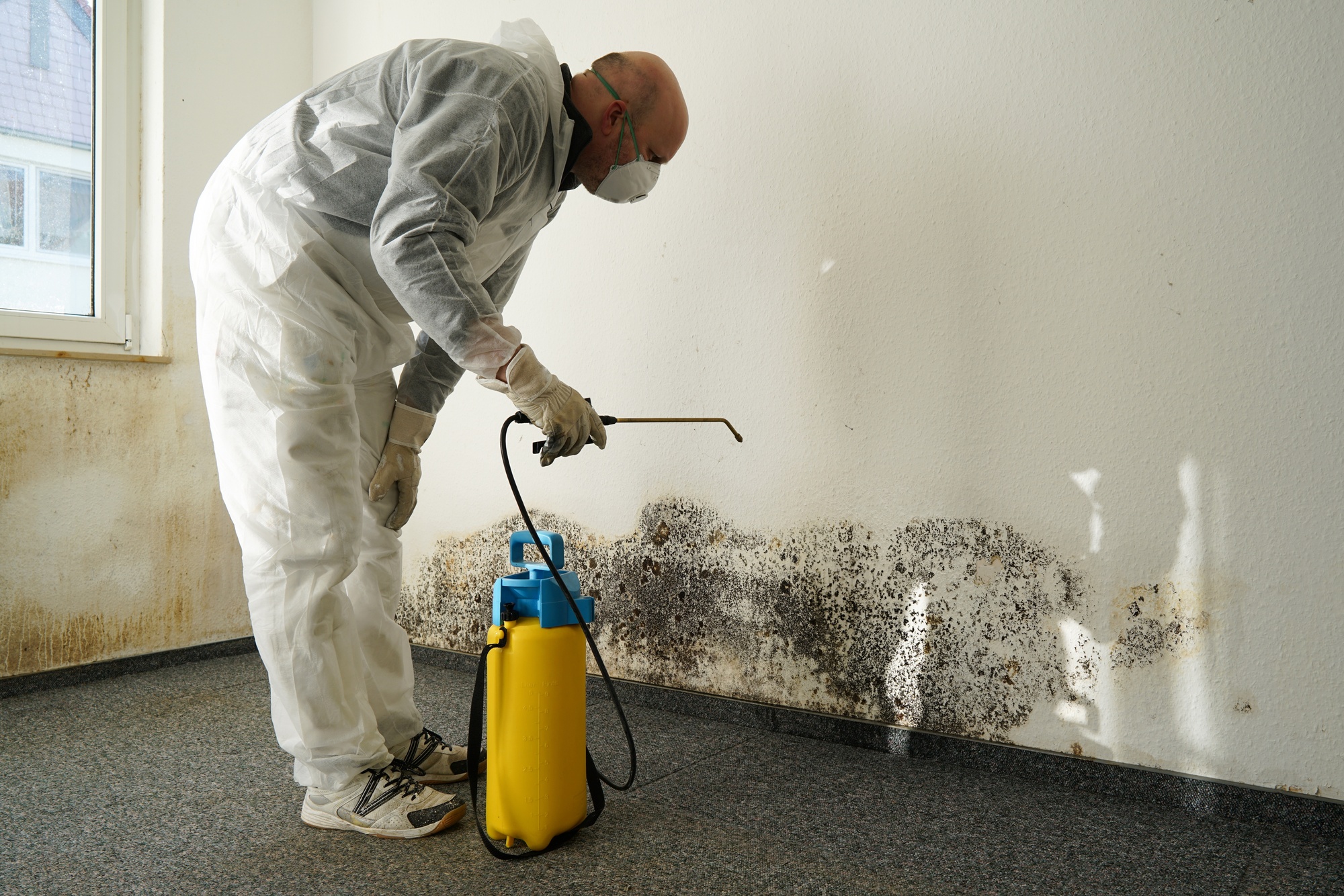Flooding can cause significant damage to your home, leading to costly repairs and potential health hazards if not addressed promptly and correctly. that site provides a comprehensive overview of how to clean up and restore your home after a flood, ensuring a safe and thorough recovery process.
Assessing the Damage
Safety First
Before entering your home after a flood, ensure it is safe. Floodwaters can carry hazardous materials, and there may be structural damage that makes the building unsafe. Wear protective gear, such as rubber boots, gloves, and masks, to protect yourself from contaminants.
Initial Inspection
Conduct an initial inspection to assess the extent of the damage. Look for the following:
- Structural Damage: Check for cracks, warping, and other signs of structural issues.
- Water Level: Note the height of the water line on the walls and furniture.
- Electrical Hazards: Be cautious of potential electrical hazards, such as submerged outlets and wiring.
Water Removal
Pumping Out Water
Use a sump pump or a wet/dry vacuum to remove standing water from your home. Start with the lowest areas and work your way up. If the water level is very high, consider renting industrial-grade pumps.
Drying Out the Home
After removing standing water, the next step is to dry out your home:
- Ventilation: Open windows and doors to improve airflow. Use fans and dehumidifiers to speed up the drying process.
- Remove Wet Items: Take out wet carpets, furniture, and other items to prevent mold growth and allow for thorough drying.
Cleaning and Disinfecting
Removing Mud and Debris
Floodwaters often bring mud and debris into your home. Shovel out as much mud as possible, and use a garden hose to wash away the remaining residue.
Disinfecting Surfaces
Disinfect all surfaces that came into contact with floodwater. Use a mixture of water and bleach (1 cup of bleach to 1 gallon of water) to kill bacteria and mold. Pay special attention to the following areas:
- Floors and Walls: Scrub hard surfaces thoroughly.
- Kitchen and Bathroom: Clean countertops, cabinets, and appliances.
- Furniture: If salvageable, clean and disinfect furniture. Otherwise, dispose of it properly.
Preventing Mold Growth
Mold Inspection
Mold can start growing within 24-48 hours after a flood. Inspect your home for signs of mold, such as musty odors, discoloration, and fuzzy growth on surfaces.
Mold Remediation
If you find mold, take immediate action to remove it:
- Small Areas: For small mold infestations, you can clean the area with soap and water, followed by a bleach solution.
- Large Areas: For extensive mold growth, it’s best to hire a professional mold remediation service.
Repairing and Restoring Your Home
Structural Repairs
Address any structural damage first. This may include:
- Foundation: Repair cracks and other damage to the foundation.
- Walls and Floors: Replace damaged drywall, insulation, and flooring materials.
- Roof and Windows: Fix leaks and replace broken windows.
Electrical and Plumbing Systems
Flooding can damage electrical and plumbing systems, posing serious risks. Have a licensed professional inspect and repair:
- Electrical Wiring: Replace any damaged wiring and outlets.
- Plumbing: Check for leaks and replace damaged pipes.
Restoring Interior Spaces
Once structural and system repairs are complete, focus on restoring the interior spaces:
- Painting: Repaint walls and ceilings.
- Flooring: Install new flooring materials, such as carpet, tile, or hardwood.
- Furniture and Fixtures: Replace any unsalvageable furniture and fixtures.
Insurance and Financial Assistance
Documenting the Damage
Take photos and videos of the damage for insurance purposes. Make a detailed inventory of all damaged items, including their value and condition.
Filing an Insurance Claim
Contact your insurance company as soon as possible to file a claim. Provide them with the documentation and be prepared to discuss the extent of the damage. An adjuster will visit your home to assess the damage and determine the coverage.
Seeking Financial Assistance
If you do not have flood insurance or if your policy does not cover all the damage, look into other sources of financial assistance:
- FEMA: The Federal Emergency Management Agency provides grants and loans for disaster recovery.
- Local Assistance Programs: Check with local government and non-profit organizations for additional aid.
Conclusion
Cleaning up and restoring your home after a flood is a challenging and often overwhelming process. However, by following these steps, you can effectively address the damage and begin the journey toward recovery. Remember to prioritize safety, thoroughly clean and disinfect, and seek professional help when necessary. With patience and perseverance, you can restore your home to its pre-flood condition and ensure a safe and healthy living environment.
